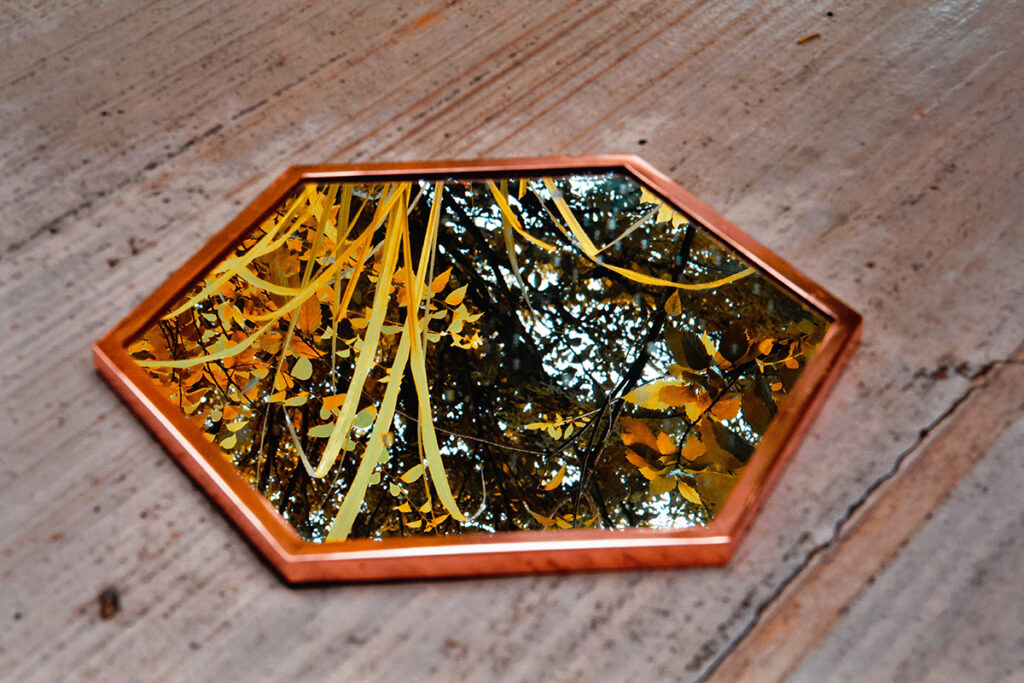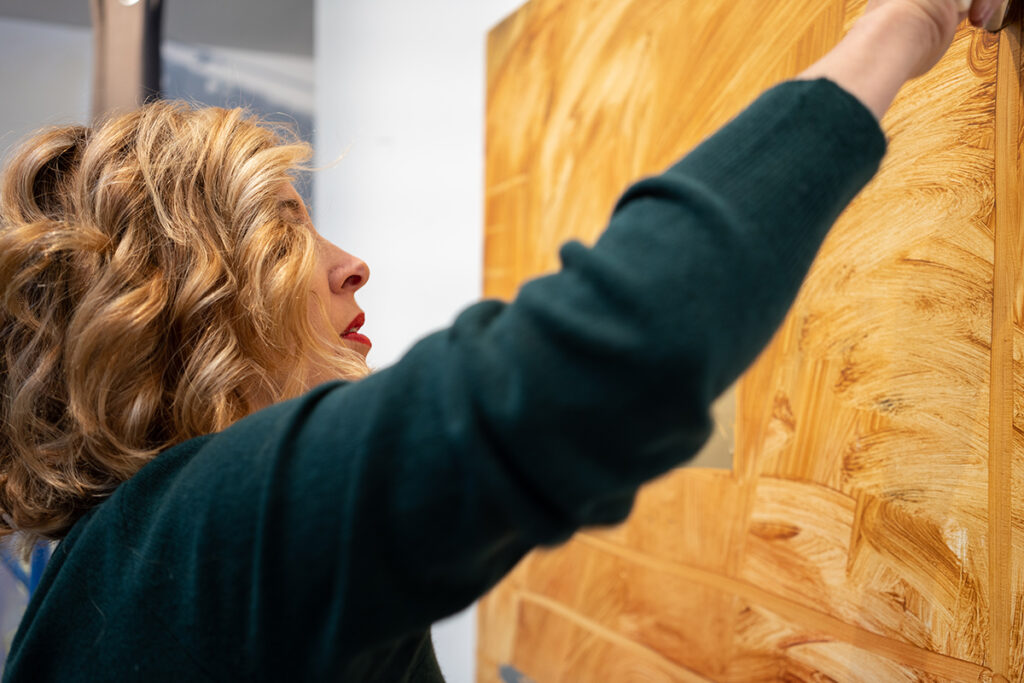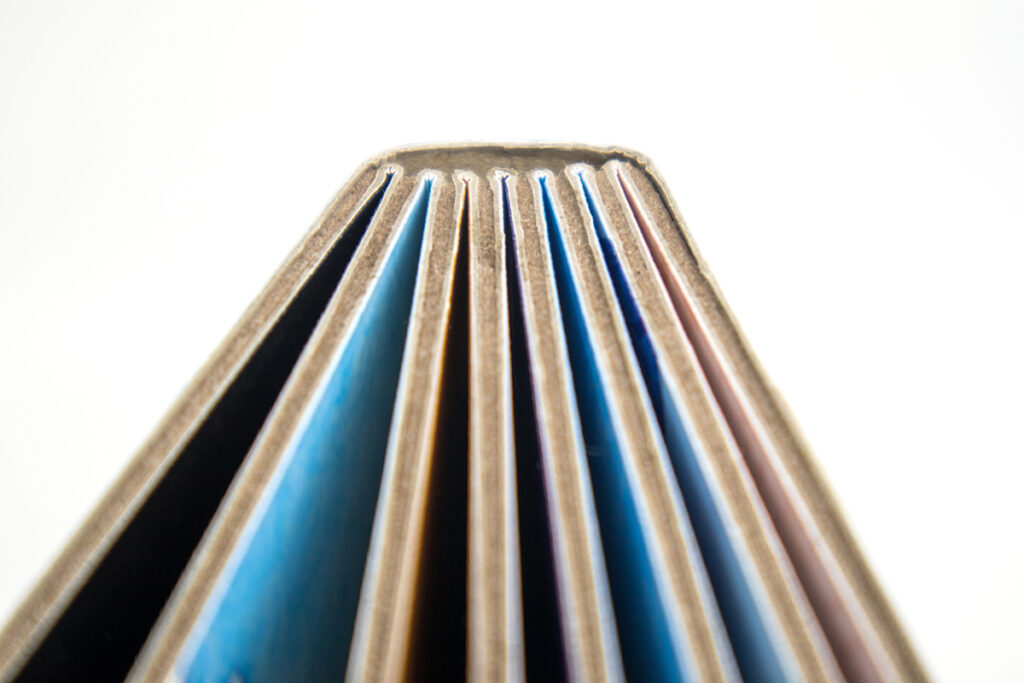
Note: This short article will use Individuals 1st Language because we do not know the reader’s preference.
The phrase “disability” could really feel uncomfortable to use, let by itself teach about, in the art space! What if I don’t say the ideal detail? What if I really don’t know sufficient information about it? What if it singles students out and helps make them uneasy? There can be many “what ifs,” and that’s alright! It’s great to request concerns because it signifies curiosity and can identify an place to improve in. Let’s extend ourselves and our art curriculums and check out what it can glance like to combine artists with disabilities and why it matters.
What are the benefits of integrating artists with disabilities into your curriculum?
Before diving into this question, let us build what a disability is and some other baseline terms. This will enable us to transfer ahead on the same page.

Comprehending the theory of windows and mirrors can be practical when considering the rewards of integrating artists with disabilities. Even though this refers to tales, the identical can be used to artwork. Right after all, artworks are visible tales. Persons see the exterior planet by way of a window. If we use art as a window, we can use it to expose learners to history, new views, and activities. Mirrors enable us glance at ourselves. Artwork can replicate our students’ sophisticated identities. When it does, it can empower learners and “create link and a feeling of belonging.”
Bringing artists with disabilities into lesson options can be yet another window of human diversity to expose our pupils to new perspectives and activities. This publicity can produce further connections in just an artwork or process. This more substantial consciousness can also build empathy and make our college students a lot more curious learners. It can also widen our very own “understandings of human variation and dissimilarities.” Artists with disabilities can be a mirror for college students who have a incapacity and remind them they belong in the art place.
Below are nine tips to retain in mind as you contain artists with disabilities in your artwork space and curriculum.
Get in touch with an admissions counselor to master a lot more about Artwork and Various Learners, Decision-Based mostly Art Education and learning, and Tutorial Tactics for Art Instructors. In these graduate programs, you will discover inclusive methods and how you can endorse modify in your classroom to assistance all students come to feel noticed and realize success.
1. Insert artists organically.
Include artists with disabilities if and when it suits within just your current lesson options. There is no require to make a massive offer out of it or attract specific focus to the artist. Introduce them just like you would anybody else.
The inclination can be to admire artists with disabilities, framing it with, “Look what they overcame!” Even though this can be inspirational, it can also be detrimental. When “specific artists are admired for their skill to generate do the job very similar to other capable-bodied artists… [it] affirms the notion of people with disabilities as restricted in their things to do, as nicely as the notion that artists with disabilities aspire to be like ‘normal’ artists.” Lots of folks with disabilities and artists with disabilities “do not always want to ‘emulate the norm…’ instead, they have whole and gratifying lives they could not imagine dwelling any other way.”
2. Exhibit artwork on your partitions.
Just like with any other artist, if you like an artist’s operate, hang it on your wall! Observing it on your wall each working day could remind you to reference that artist far more generally. Earning do the job easily available will also encourage your students as they make creative choices everyday. It is also a way to mirror broader tips of what is “normal” and satisfactory.

3. Think about the language you use.
Words and phrases have electricity and can form how we see the environment. Take out ableist language to superior body conversations. Ableist language assumes a person with a incapacity is of lesser benefit. For distinct examples of how to eliminate ableist language, browse this write-up.
4. Contain a wide variety of artists.
Recall, disabilities appear in all shapes and measurements. Some may well be cognitive, and some may possibly be physical. Some disabilities may perhaps be obvious, and some may well be concealed. The most popular artists with disabilities art academics share are ones who “… mainly characterize North American and European artists who produced do the job in the last a single hundred and fifty decades.” Broaden your scope and involve artists from multiple time durations and nations. Reference a large variety of artists and disabilities when probable to clearly show students how incredibly diverse artists and persons can be. Students will “… recognize disability for its commonality… alternatively than its exceptionality.”
5. Point out the disability.
All artists, disability or no incapacity, use their everyday living and experiences to notify their artwork. Disability is a beneficial part of existence and ordeals. Many college students do not have the existence expertise or insight to make connections on their own. As teachers facilitating mastering, we require to explicitly point out an artist’s incapacity so students can make clear connections.
Many instructors say they share an artist’s incapacity “when related.” This practice is problematic since, as mentioned higher than, “method and information are inextricably tied to how we inhabit the earth.” It is generally suitable! When we withhold this info from our learners, it can restrict their definition of artistic suggestions and objects. It can also limit connections, exposure, and possibilities to expand and understand.
6. Use children’s publications.
If you are nervous about speaking about disability in entrance of your students, consider a little step by reading through a children’s reserve. This is a small-pressure way to introduce disabilities and what they can glance like with fictional people. This is also a “scripted way” to convey a topic you are unfamiliar with into your classroom.
Consider the time to preview guides to make certain they depict incapacity in a constructive gentle and do not strengthen stereotypes. “This contains the representation of persons with disabilities as the object of pity, sinister and/or evil, a stress, incapable of absolutely participating in daily life, a supercrip, nonsexual, an object of violence, and laughable.”

7. Emphasis on particular disabilities not represented in your classroom.
In order to cultivate a classroom environment wherever all of your pupils really feel safe and sound, do not solitary any person out. Emphasis on specific disabilities that are not represented in your classroom. College students with disabilities can however relate and see by themselves reflected in the curriculum much more anonymously.
8. Make qualifications awareness.
As outlined before, students typically do not have the lifetime encounter or perception to make connections on their own. Choose the time to construct qualifications expertise, just like you would for any other new subject. Distribute information stories or present movie clips to express a variety of perspectives about a specific incapacity.
9. Share particular tales.
Really encourage college students to share and participate in the dialogue by forging the way. Go initially and design how to share. If you have a private connection with a friend or family member who has a specific incapacity from your lesson, discuss about it. It can make the incapacity a lot more “real” for college students. It can also open the door to student inquiries you may well be ready to remedy.
Now that you have many guidelines in your repertoire, you might be questioning what artists to showcase. There are numerous artists with disabilities that are incredibly likely presently in your curriculum. According to a survey of Illinois instructors, Chuck Shut is a person of the most frequently referenced artists with a incapacity because of to his paralyzation, adopted by Frida Kahlo, who had polio and lifelong accidents from a bus incident.
Other artists now in your curriculum could consist of:
Get started with these 7 artists with disabilities.
Be aware: Peruse the backlinks down below to decide if they are ideal to share with your students.

Down below is a checklist of 7 artists with disabilities, some of whom make Disability Art. This is a good checklist to get you started out if you want to incorporate artists who are at present working towards and exhibiting.
- John Behnke
Behnke bases his fluorescent acrylic paintings on genuine destinations that are altered from his memory or dreams. - Laura Ferguson
Ferguson’s subject subject is her scoliosis and curving spine. She brings together drawings with x-rays and scans to merge the worlds of medication and visible art. - Brooke Lanier
Lanier has retinal detachment, but it doesn’t quit her from painting exquisite waterscapes. - Riva Lehrer
Lehrer’s work is greatest recognised for her representations of folks with physical disabilities who have been stigmatized. - Sandie Yi
Yi is a sculptor and fiber artist who designs and constructs wearable art for her special overall body morphology. - Stephen Wiltshire
Wiltshire is a British architectural artist with autism and is mute. He draws extremely in depth cityscapes from memory. - John Wos
Wos has a congenital condition that weakens his bones. He depicts his heightened sensitivity to the earth about him in his artwork.
Incorporating artists with disabilities is comparable to how you would method exposing your pupils to any other window of human diversity. It is truly worth the more energy and temporary discomfort to check with issues and learn along with your students. The payoff can be fulfilling! Scholar engagement and curiosity stages can increase, and college students will cultivate empathy and make connections. We hope the ideas and artists above equip you to develop into a additional reflective artwork educator and get started off with a a lot more inclusive artwork curriculum!
If you want to take a look at more, right here are resources to uncover additional artists with disabilities:
Who is your most loved artist with a incapacity to share with your pupils?
What strategies do you have for integrating artists with disabilities into the curriculum?






